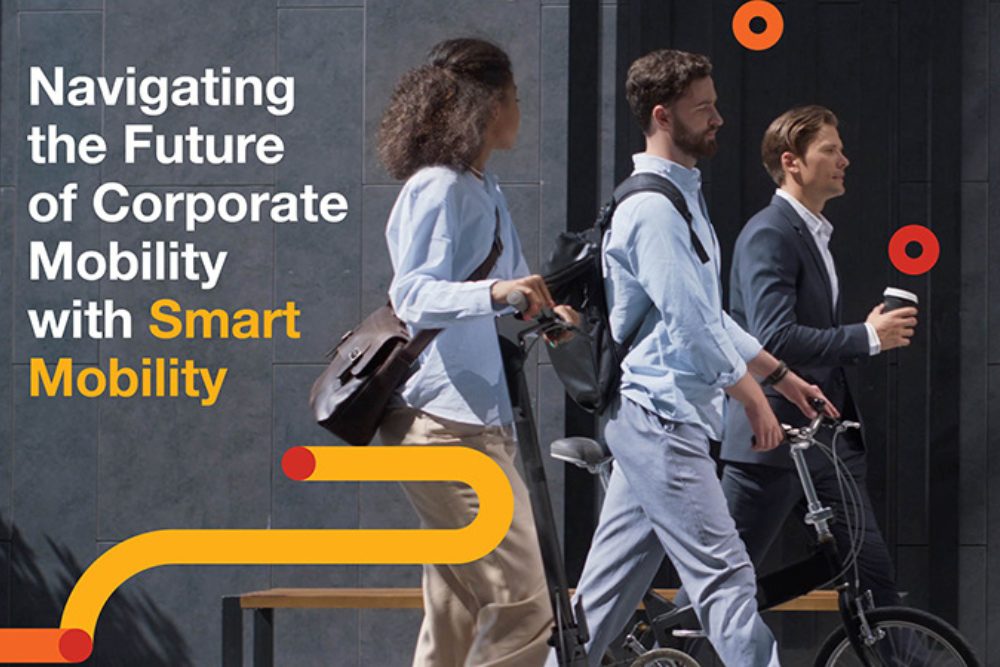
Intelematics – As Mobility as a Service (MaaS) applications become integrated into our everyday lives, we are seeing the market accelerate and shift. More governments and organisations are acknowledging the need to encourage broader adoption of MaaS to support their strategic objectives. In line with the growth of the global MaaS market, which is set to be worth US$40.1billion by 2030, the concept of MaaS is becoming more established in Australia. As a result, user expectation is evolving – especially when it comes to user experience and performance.
In recent years, brands like Google Maps, Uber and Lime have set the bar. By providing a low-latency experience for riders and drivers, which delivers real-time data in moments, a standard has been established. For organisations looking to deploy new MaaS applications, falling short of this standard will impact user experience and inevitably adoption. This makes understanding how to minimise latency when designing best of breed MaaS applications essential.
An environment driven by end users
Today’s environment is being driven by evolving consumer needs and behaviours and a shift by organisations and governments, at all levels, towards more integrated forms of travel and transport. This includes multi-modal transportation systems where, for example, buses, trains, bikes, and car-sharing are seamlessly connected and accessible through a single platform. It also includes a move towards applications which draw on much richer and dynamic datasets.
A key trend we are seeing today is a rising demand for micro data to supplement traditional route finding. In the case of cycling, this may include data related to road surfaces, temporary or permanent path closures. For pedestrians, this might include data related to safety, accessibility or air quality. As more MaaS applications come online and user numbers grow, the opportunity for delivering valued services through more complex and granular types of data will increase. In tandem, users will expect to do more from a single application and the onus will be on providers to integrate services to meet this need – further increasing the challenges associated with latency and overall performance.
Latency to enhance experience
Latency is a critical consideration when deploying MaaS because it directly impacts user experience. High latency can lead to delays in processing requests, making a platform feel unresponsive – affecting brand or platform uptake and loyalty. Additionally, for real-time applications such as public transport, high latency can have a direct impact on the safety and efficiency of the service.
As an example, Uber’s platform is designed to provide a low-latency experience for riders and drivers. The platform uses real-time data to match riders with nearby drivers and uses GPS tracking to provide real-time information on the location of vehicles. Platforms like this maintain brand loyalty by using low latency communication and data processing technologies, such as GPS tracking, real-time data analysis, and edge computing, to ensure fast and accurate information delivery. Any MaaS application which takes longer than a few moments to provide a user with the information they require is at risk of being rejected.
Key considerations for MaaS success
There are several ways to improve latency in a MaaS platform. For example, by optimising network infrastructure, such as using a Content Delivery Network (CDN) to reduce the distance data needs to travel.
Data transfer time also plays a key role. Often a user may access an app using an unstable or low-quality network connection, creating a slower transfer of data, which then results in a higher risk of latency. Fast data transfer can be achieved by minimising payloads, compressing data, and reducing the number of requests.
Auto-scaling infrastructure can also help to ensure that the system can manage high traffic loads. Here the technology is prepared for high user spikes and automatically adjusts the capacity to prevent latency. Used in tandem with Edge computing, which allows data processing to happen closer to the end user, the total round-trip timing for any single request can be dramatically reduced and in turn produces a better travel experience.
Taking a modular approach
At Intelematics, the focus is on seamless integration and optimising the user experience. Omniway is a modularised MaaS solution that is built as a series of modules (or micro-services) with each module serving a specific purpose or function. This allows seamless feature integration into existing apps, and the incorporation of third-party features. As part of the API design process, Intelematics also ensures fast API response times by optimising our API using techniques such as caching. This approach allows for greater flexibility and scalability in the design and deployment of the platform. Our services use auto-scaling infrastructure to monitor and adapt to increases in load – allowing our services to provide capacity on demand. Due to the modular design, all parts of the system can scale up, be modified, or even be completely removed as needed, without affecting the performance.
Incoming data provided by other systems is also handled with a similar approach, allowing for the regeneration of high-performance data structures required for mapping and navigation to be made live in the system minutes after they are made available. By incorporating a multilayer architecture, Omniway is designed to provide an end-to-end multi-modal journey planning solution that delivers a seamless user experience.
Focus on flexibility and the future
To design the highest performing MaaS application, there are two critical considerations – user experience and infrastructure. Both require equal attention and investment to deliver the best overall experience. To ensure success, systems need to be designed with the future in mind and built to allow flexibility to match evolving user and data requirements.
Ultimately, MaaS will only become increasingly complex as the need for more integrated and dynamic platforms grows. Latency reduction will become significantly important to facilitate a connected mobility ecosystem, allowing users to interact with different technology providers using a single application. These factors make finding the right MaaS partner critical.
Click here to learn more about MaaS.



